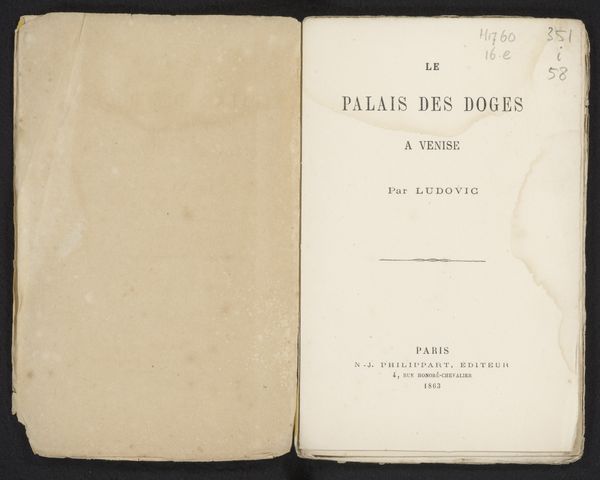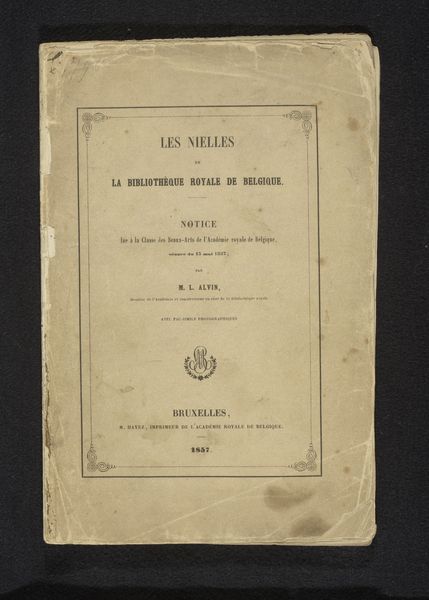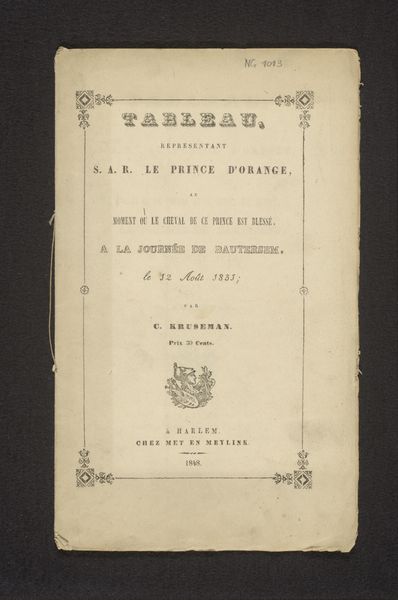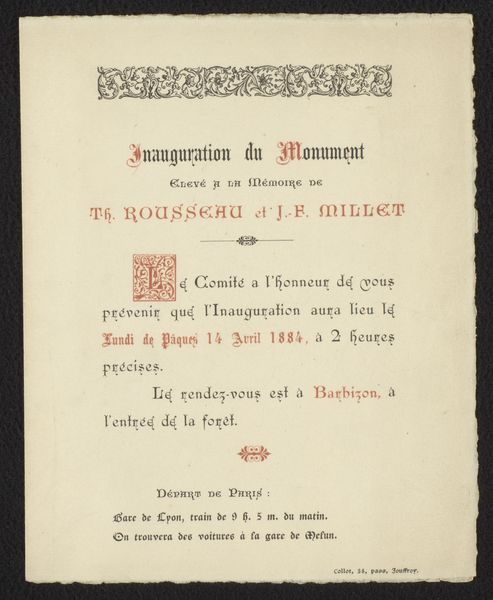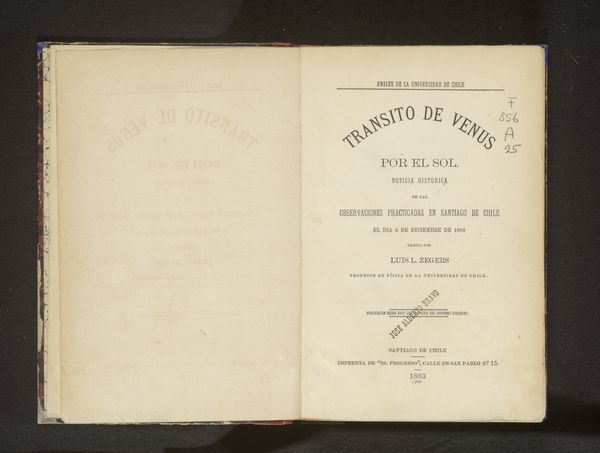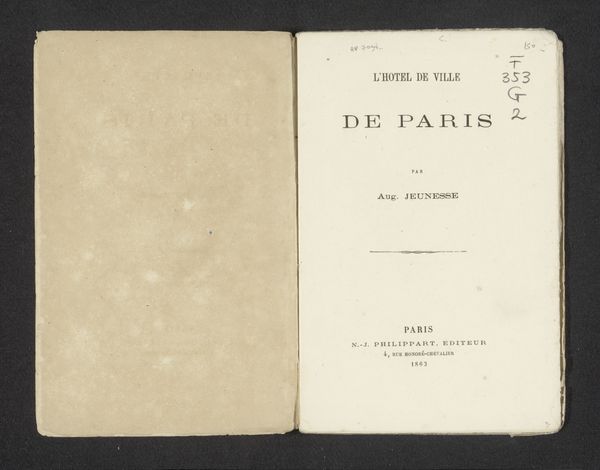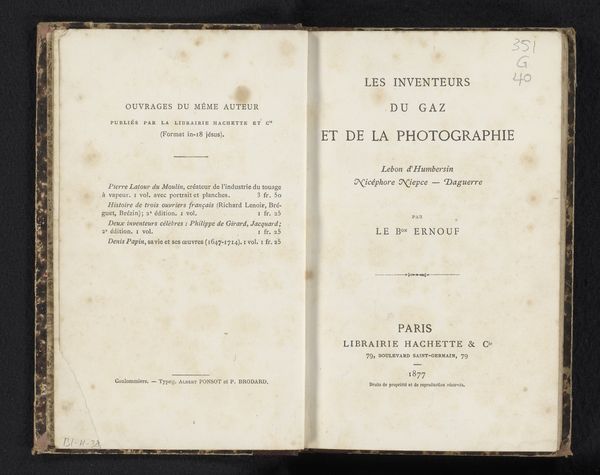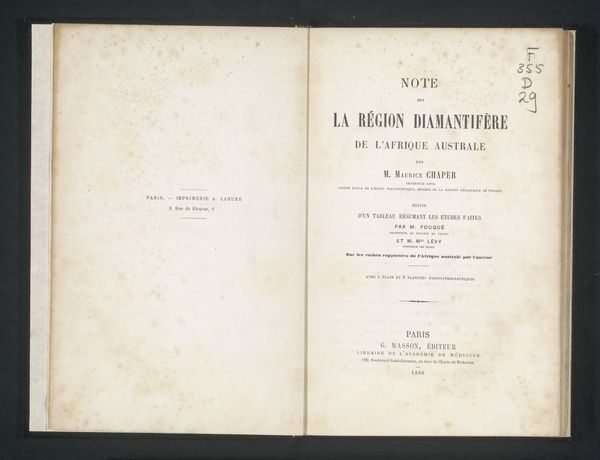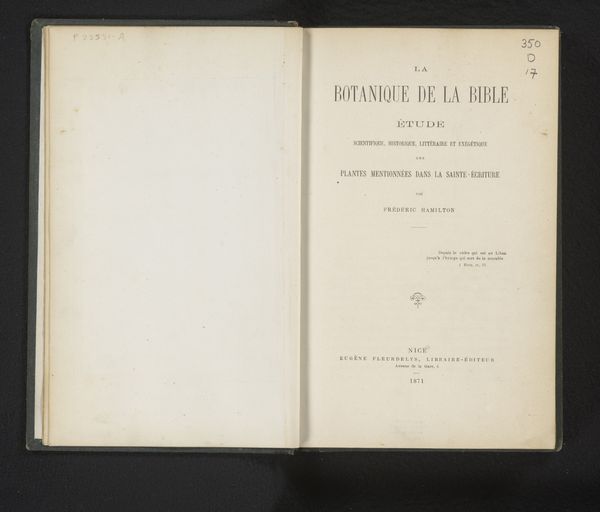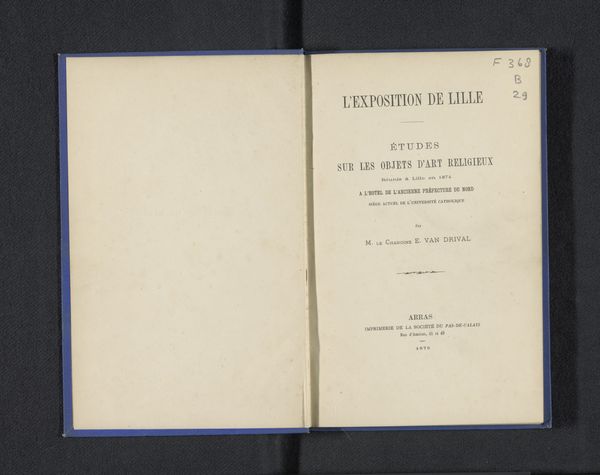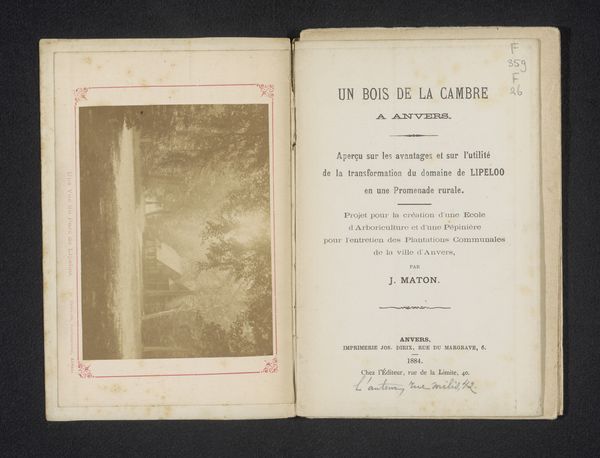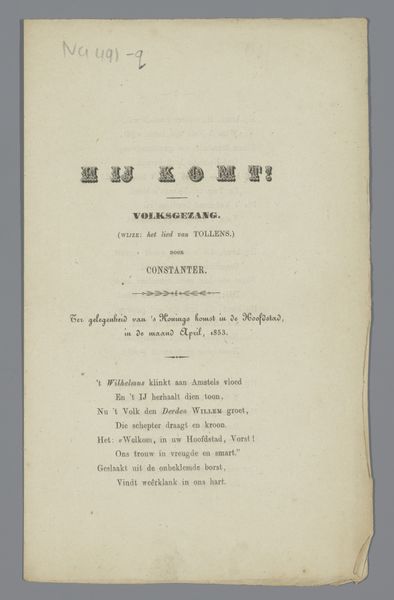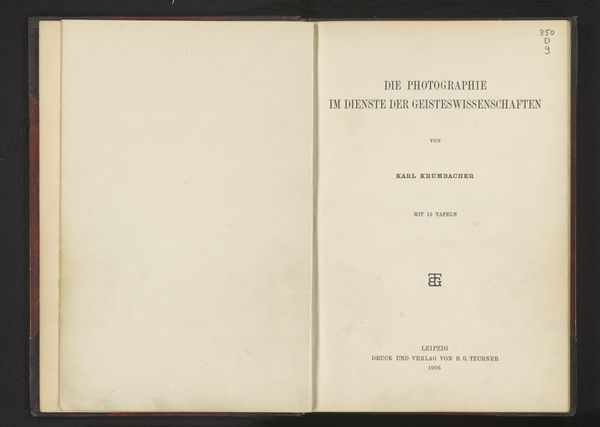
print, paper, typography, engraving
#
ink paper printed
# print
#
paper
#
typography
#
decorative-art
#
engraving
#
rococo
Dimensions: height 252 mm, width 177 mm
Copyright: Rijks Museum: Open Domain
Curator: Here we have a page titled "Faiseur de métier a bas (...). et faiseur de bas au métier (...)," a print from around 1763 to 1777 associated with Diderot. It's an engraving printed on paper. Editor: My first impression is one of ordered elegance. The typography is precise, and the decorative border, while simple, is very effective in framing the textual information. The page feels balanced. Curator: The framing does a lot of work, indeed. Given the era and Diderot's involvement, this piece most likely stems from the Enlightenment's encyclopedic impulse – a drive to document and categorize trades, and crafts as integral to society and economy. These were pivotal efforts in revaluing labor often unseen and unrecognized. Editor: You're right. Looking closer at the typography itself, the size and font choices provide a hierarchy, emphasizing key words, which direct the reader’s eye around the page to understand its organizational structure at a glance. I'd be interested to decode the relation between form and informational intention through this system. Curator: Absolutely. Also note how the capitalization is purposeful – perhaps to lend these trades a sense of formality and import previously unacknowledged in mainstream discourse? This work has layers of implication when we consider the social climate of the period and those doing such trades at the time. Editor: On a strictly compositional level, one could argue the visual layout mirrors a structured system of production, with text blocks and decorations interlocking as essential components, much like the processes of making hosiery described herein. Curator: Interesting point. By the deliberate rendering of the page’s components and details, this work elevates the role of the artisan in a way previously unseen in visual culture. The decision to portray not the act of making but the directive language surrounding that action seems particularly telling, a moment when art meets socioeconomic reality. Editor: It’s a rather neat convergence. Seeing these familiar formal elements now prompts a broader context of material and social importance, which only reinforces the potency of its design. Curator: Agreed. This unassuming engraving, born from ink and paper, unlocks critical insight into labor’s visual representation and re-evaluation. Editor: Yes. It shows that within this frame is a carefully built visual system of communicating information effectively with purpose.
Comments
No comments
Be the first to comment and join the conversation on the ultimate creative platform.
